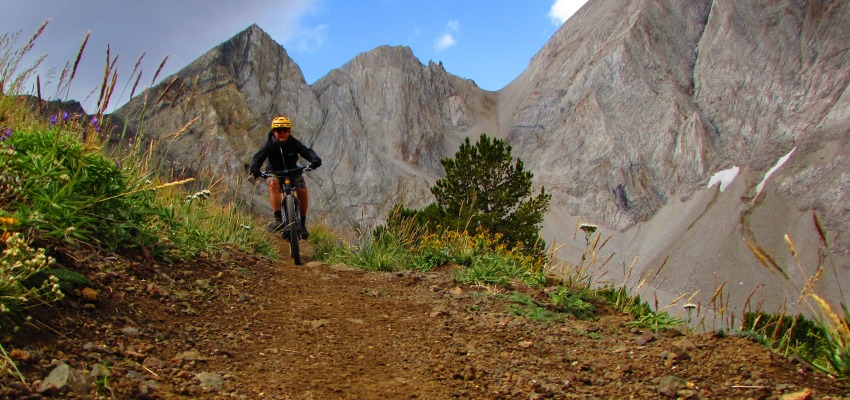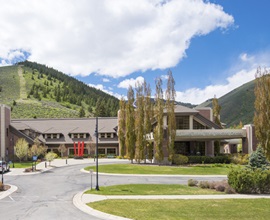Stay Safe: Late Summer, Early Fall Weather is Ideal for Backcountry Recreation

Editor’s note: The following column about backcountry safety was written by Dr. Deb Robertson, Director of Emergency Medicine at St. Luke’s Wood River, and was originally published in The Weekly Sun on July 6. While summer vacation is winding down for many families, outdoor recreation will continue to thrive in late summer and fall, when warm sunny days make it an ideal time to explore the backcountry.
In addition to the tips below, Dr. Robertson also noted that many people who enjoy recreation in the Wood River area make sure to carry a personal locator unit, which can be used to signal for help. Even on day hikes, there is frequently no cell service available in the Wood River area.
As Director of Emergency Medicine for St. Luke’s Wood River, I and my colleagues have treated a number of injuries related to activities in the backcountry. While some are minor, others have been serious, and several have required a backcountry rescue.
Before you go out for a hike, bike or activity on one of our area’s magnificent trails or backcountry locations, assume you will have no cell service, and we suggest you prepare for the unexpected:
- Tell someone where you are going and when you expect to be back regardless if you are going solo or going with others.
- Bring a map and a compass, and keep track of your location. Many trails can be confusing. Do not rely solely on your cell phone for maps or communication.
- Stay found. If you are lost, do not continue on in hopes of finding your way. Retrace your route back toward the trailhead until you pick up the trail or find someone who knows the area. If you cannot retrace your route, stay put, conserve energy and water, make yourself visible and await rescue. If possible, stay together in case of problems. Discuss your situation calmly and make a plan to improve it. Let someone know of your plans.
- Bring plenty of water and extra high-energy food. In case you end up lost or injured, these items will come in handy.
- Bring clothing for changes in the weather. Our mountain climate can be unpredictable, with sudden storms producing rain, hail and temperatures that drop quickly. Nighttime temperatures drop significantly. Don’t venture into remote areas with nothing but a T-shirt and shorts. Carry a windbreaker, sunscreen, sunglasses, extra warm clothing. A tarp can give you wind and rain protection.
- Watch out for lightning. If you see lightning approaching, take cover in a vehicle or crouch in a low, dry spot. Avoid metal objects and never take shelter under a lone tree, at the base of a cliff, or in a shallow cave.
- Bring a first-aid kit, matches or a lighter. Even duct tape and safety pins can go a long way to fix a number of issues.
Planning ahead for the unexpected will help you enjoy our beautiful surroundings!
About The Author

Dr. Deb Robertson is the Director of Emergency Medicine for St. Luke’s Wood River.

